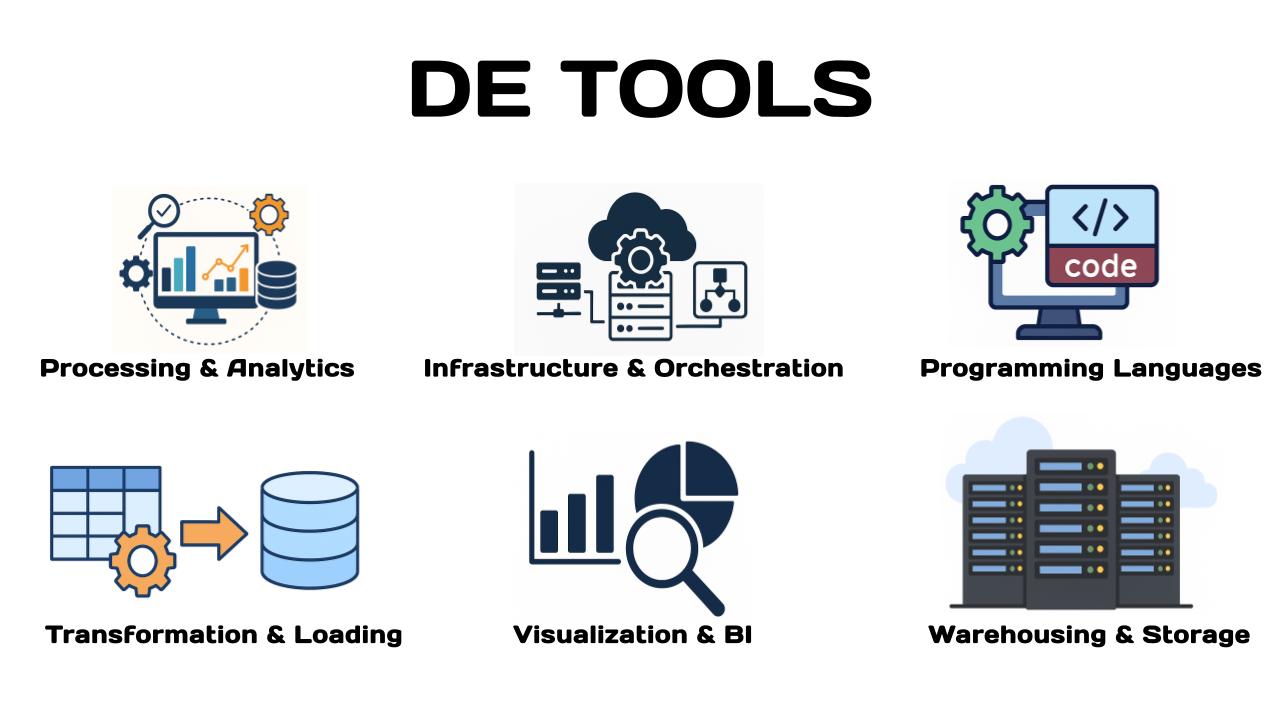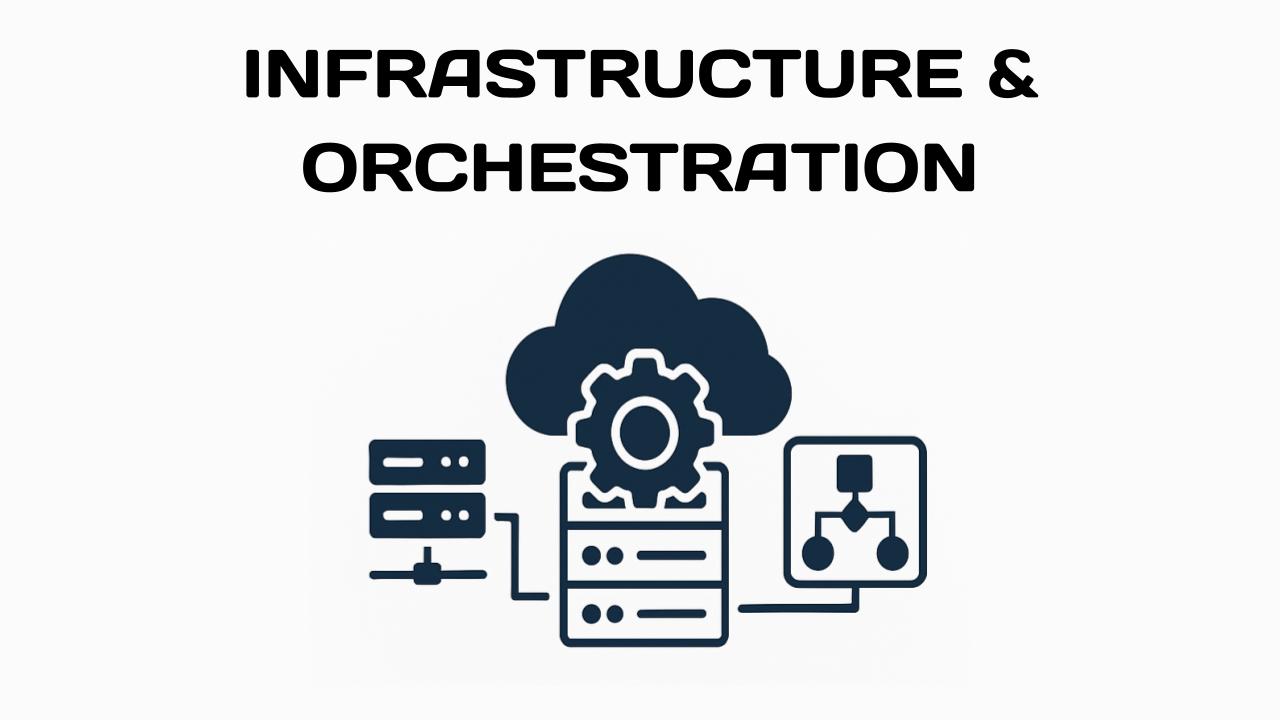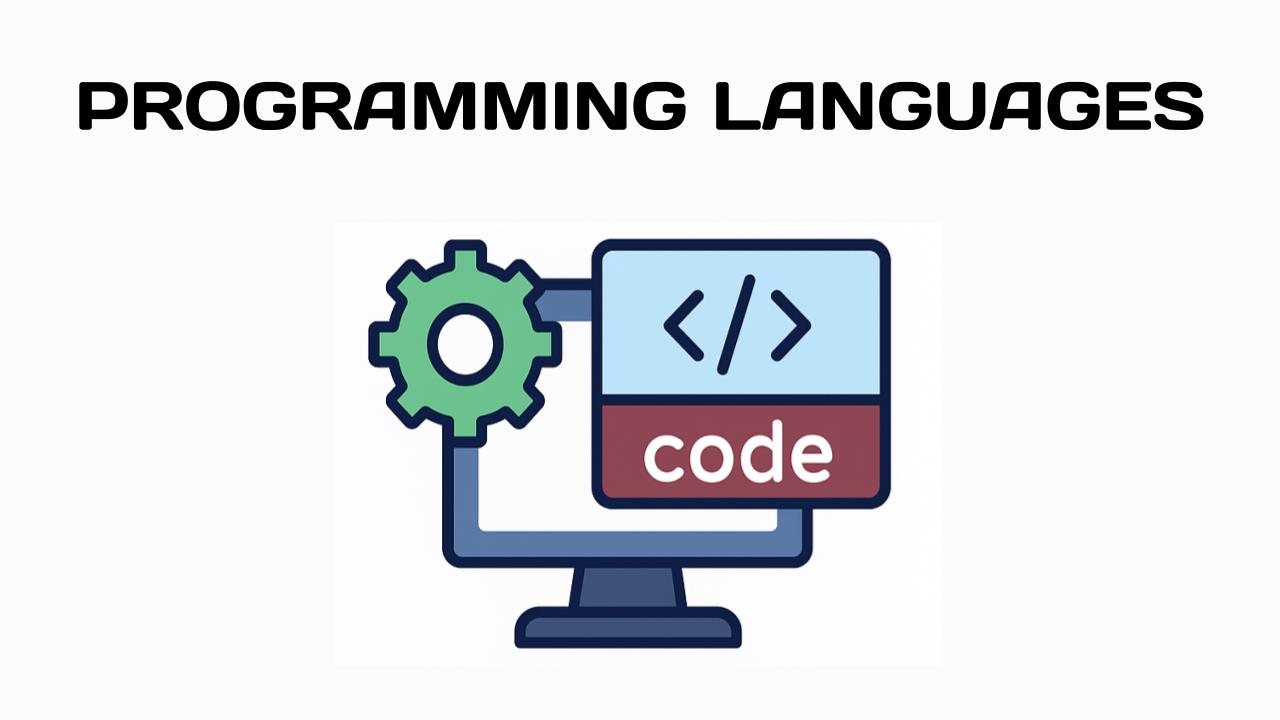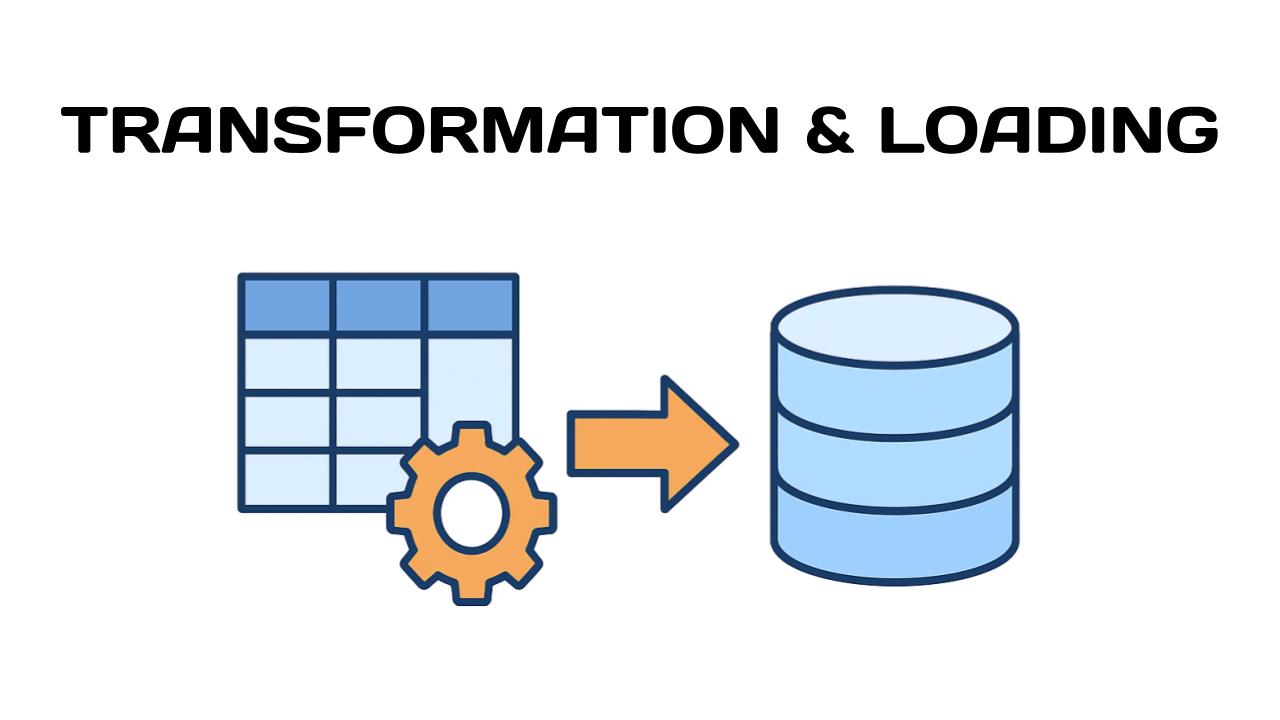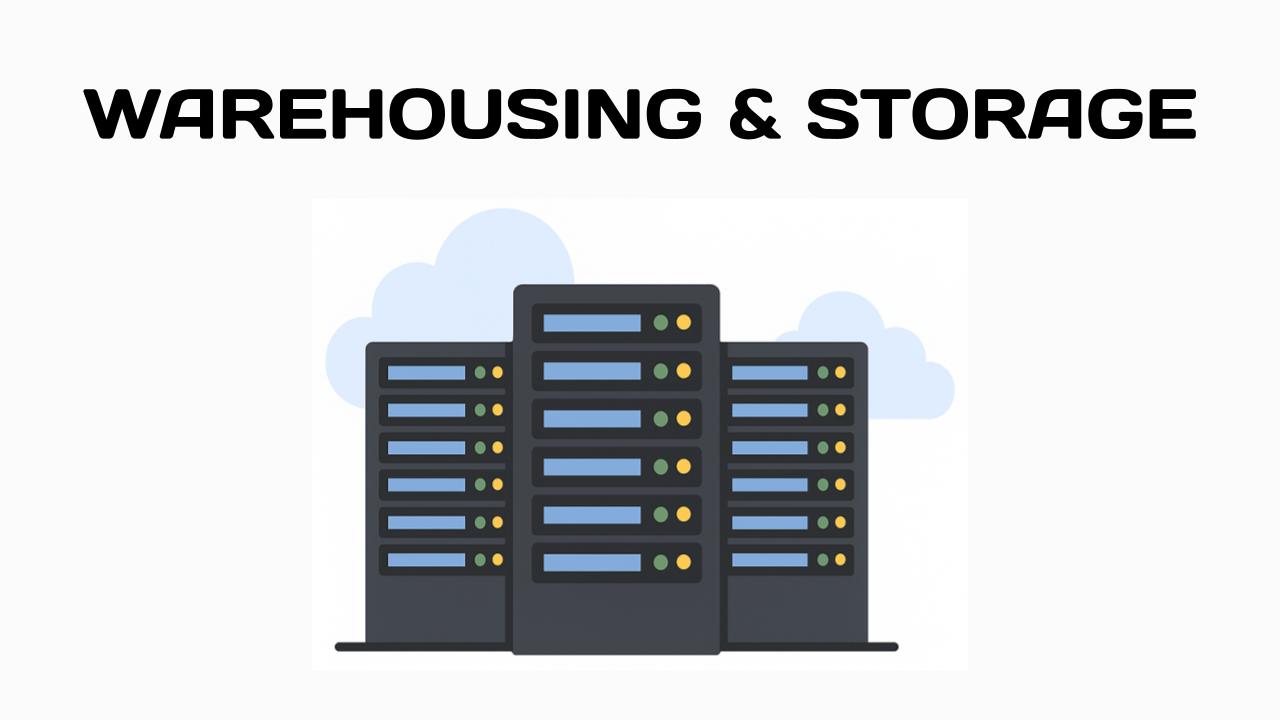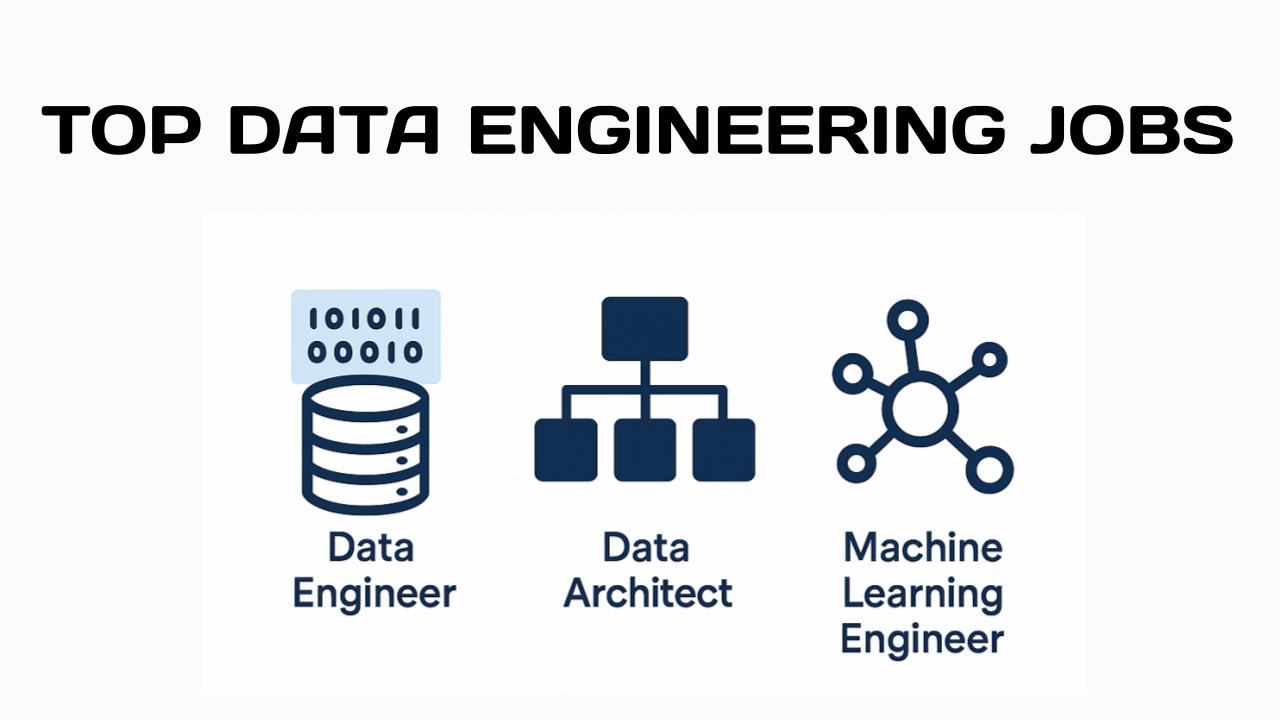Data engineers utilize a diverse array of tools to manage and process data. These include programming languages like Python and SQL, data warehousing solutions like Snowflake and Amazon Redshift, and distributed computing frameworks like Apache Spark.
Other essential tools include Apache Kafka, ETL tools, and workflow orchestration platforms like Apache Airflow.
Source: Gemini AI Overview
OnAir Post: DE Tools Overview
